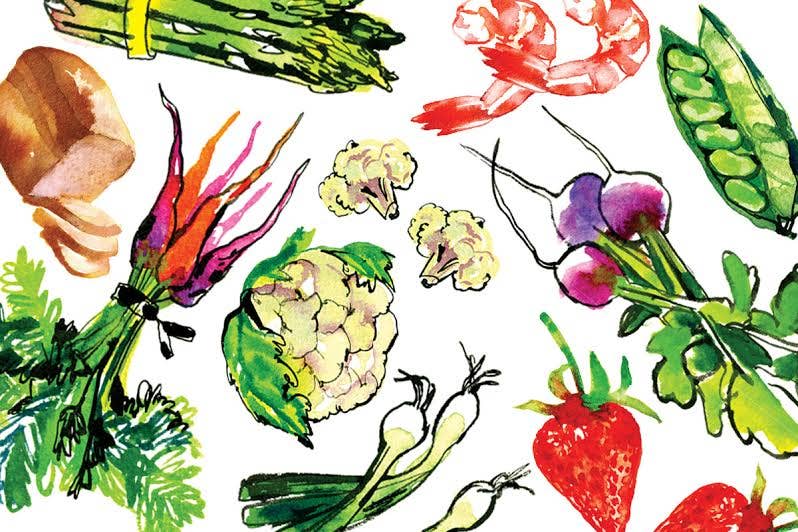
Whenever I used to ask my Irish grandmother how she made her dense, crusty soda bread—a simple leavened concoction that included flour, sugar, buttermilk, raisins, and baking soda—she'd reply, "You're coddin'. I have no idea. I just throw a few handfuls of this and a pinch of that in a bowl and pray that it rises."
Although ancestors of the Irish had likely been baking unleavened breads as early as 4000 B.C., the first record of risen breads dates from the seventh century. Back then, barm (yeast from fermenting malt) and sourdough were common leaveners, but Ireland's wheat, with its unpredictable gluten content, didn't always respond fully to them. It was not until 1790, when French chemist Nicolas Leblanc discovered an easy, inexpensive way to make sodium carbonate—essential in the production of baking soda—that people were given a more reliable option. When combined with an acidic liquid (like buttermilk), baking soda—which was convenient, cheap, and easy to store—created gases that caused dough to rise. Not only that; it also reacted well with Ireland's wheat. The Irish soon began using baking soda in their doughs—and from then on, any bread made with baking soda and sour milk or buttermilk became known as soda bread.
By the mid-1800s, soda bread had become an Irish staple. The dough was typically scored with an x—which some said symbolized the cross (others insisted it was "to let the devil out")—then baked in the hearth, either on a griddle or in a "pot oven", a covered iron pot topped with smoldering turf. Slices of the resulting loaf were fried and served with soft-boiled eggs for breakfast, used to sop up gravy at midday dinner, and slathered with butter and jam for evening tea.
While store-bought soda bread is popular in Ireland today, many families still have a favorite recipe. Some use currants, raisins, or caraway seeds; others prefer whole wheat to white flour; some say "Never knead"; others claim quick kneading is the secret to their loaf's success. After sampling all types, I'm still partial to my grandmother's raisin-studded recipe.
Keep Reading
Continue to Next Story










